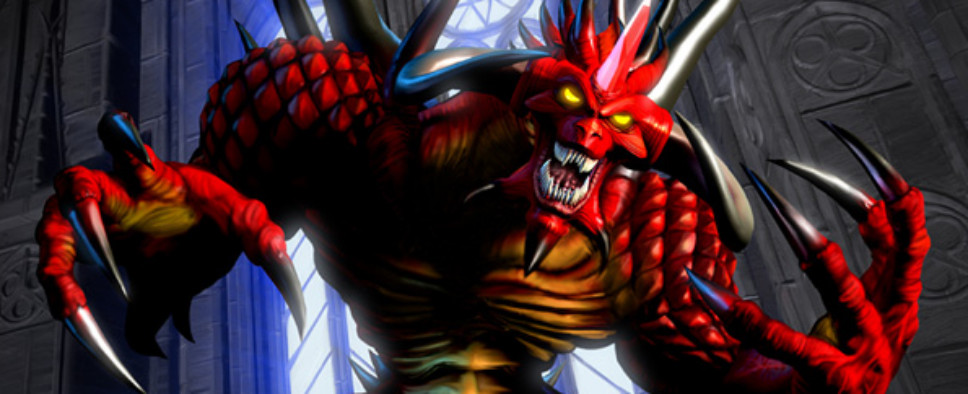Diablo II and Audio Design
-
Category: News ArchiveHits: 1219

Last month, we got an opportunity to check out an excerpt from David L. Craddock's new Stay Awhile and Listen book that was dedicated to Blizzard's short-lived Diablo Junior project. And now, this Gamasutra article shares another chapter from that book, this time around focusing on Diablo II's sound design. If you've ever been curious about what goes into great sound design, you should check it out. A few sample paragraphs:
The original Diablo served as Jon's inspiration as well as his impetus for improvement. He admired what Uelmen had done in the first game, but noted—and Uelmen tended to agree—that the game lacked aural variety in each scene. There were six main tracks: the title theme, Tristram's motif, and a track for each of the four dungeon environments. Jon, Scott, and Matt were united in wanting to deepen those arrangements and diversify sound effects. For instance, in Diablo II, the smack of a Fallen's club against a hero wearing leather armor sounds different than if that same club strikes a hero wearing chainmail.
"That was something we talked about quite a bit," Jon explained. "Little sonic layers that could reinforce the reality of the objects in the world. A lot of time was spent in crafting small details like that. While any particular one didn't have a dramatic effect on the game, when taken together, I think they really made Diablo II sound much richer than Diablo."
Game feedback began with a click and culminated in the appearance of treasure: click, click, kill, click, click, kill, click—loot. Matt stressed to Scott and Jon that they should design sounds according to the action happening on-screen. Every now and then, he'd pick up his guitar and strum a dramatic chord while singing "Kill the monster, kill the monster."
"It goes back to that whole idea of being as clear as possible," Scott explained. "I was obsessed with getting the right sound for the right moment." He fixated on one effect in particular, the telltale ding of a gem falling from a defeated enemy. He created the sound by purchasing dozens of wine glasses and tapping objects against them until he hit on just the right note.

